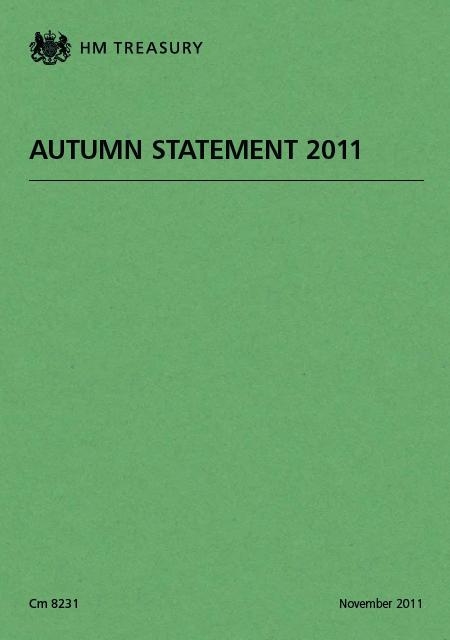A hi-viz low-impact “budget” for construction
Who’s been advising the Government on construction?
The reason I ask is because if you want to get big bang for your buck in a time of recession in the short term what you do is invest in refurbishment projects and house building.
Such jobs can be pretty quick to get off the ground and provide lots of jobs.
Civil engineering projects are much needed and I applaud the expansion and improvement of our infrastructure. They will help to make us a more productive nation in the medium to long term. But they don’t employ that many people and generally take a while to wind up.
 Me. I’d do both.
Me. I’d do both.
Given that the economy is tanking and it needs a boost, if I had to choose between the two I’d go for new homes and refurbishment.
But these sorts of projects don’t give the ministers quite the same opportunities to strut around in hi-viz jackets and wellies and talk as convincingly about game-changing investment.
Not surprisingly then, when we look at the Autumn Statement (that mini budget), we see that the new cash being pumped into the sector will not impact on the Government coffers in any meaningful way for about a year or so.
But one assumes that the Government’s desire to focus its sparse resources on big infrastructure projects may in part be a marketing exercise aimed at all those pension funds it’s so keen to encourage to invest.
The real test for the Government will be if it can find new funding channels for investment, such as pension funds, because £5 billion, however welcome, is a drop in the ocean when it comes to the nation’s infrastructure needs.
What was more puzzling when checking the figures (pdf) produced by the Office for Budget Responsibility was that the level of public sector net investment (see table 4.32) and consequently gross investment fell. That’s the capital part of Government spending.
Given that the Autumn Statement was supposed to be about a shift of current to capital spending, this came as a rather odd surprise. There is a cut of about £16 billion over the six-year fiscal forecast period.
Not all of gross investment is construction, but the lion’s share is.
So it will be interesting to see what bits of the capital budget are to be trimmed, to allow more to be spent on construction.
It would be the ultimate irony if it turned out that cuts were being made to the public sector construction spend while so much attention was being placed on expanding investment in infrastructure.
We shall see.